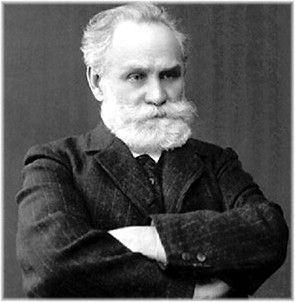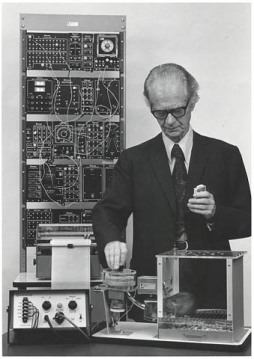Performing art therapy is the set of therapeautic procedures where in music, songs and drama are systematically applied to achieve therapeautic goals of symptom relief, emotional and physical integration and personal growth. It helps the client tell his or her story to solve a problem, achieve a cathersis, extend the depth and breadth of inner experience, understand the meaning of images, and strengthen the ability to observe personal roles while increasing flexibility between roles. Performing art therapy includes improvisation, role playing, pantomime, puppetry, mask work, and theatrical production. It would be misnomer to assume that specific drama or music or songs are appropriate for specific type of complaints.
Knowledge about principles of Psychology helps therapist to understand individual differences in effectiveness of therapy. Effectiveness means improvement in the general functioning of patients, amelioration of disorders and relief of specific presenting symptoms.
Psychology
In earlier times, Psychology refers to science of psyche or of mind. Later it is called as a science of behaviour. Former concept fails to prove empirical existence. Later focuses on relationship between physiological(cortical and endocrinal) and psychological functions through empirical researches. Behaviour is the interaction of two things as P (individual characteristics) and Environment (the surroundings). The formula is B=f(P X E). Individual characteristics include three broad functions as cognitive, affective and conative.
- Sensation: Awareness of stimulus is called sensation. Theories of sensation include attributes and measurement of sensations, determining threshold and functions of sensory organs.
- Perception: The meaning of sensation is perception. Theories of perception include perceptual organization or laws of perception, principles of distance and depth perception, illusion and hallucination.
- Attention: Focus of awareness is attention. Theories of attention are factors influencing attention, fluctuation and distraction.
- Memory: It is the process of remembering. Theories are short and long term memory, working memory etc.
- Learning: It is the modification of behaviour through practice and experiences. Theories are classical and operant conditioning, trial and error, gestalt learning.
- Thinking: Theories are related to concept formation, imagery etc.
- Child development: Characteristics and determinants of development - Heredity and Environment, Brain localization and behaviour, Physical development, Language development, Emotional development, Intellectual development, Social development, Personality development.
- Personality: It is the dynamic organization of those psychophysical systems that determine one's unique adjustment with environment. Theories of personality include Characteristics of personality, Psychodynamic theories of personality, Adler and Bandura’s model of personality.
- Mental health: Principles of mental health. Models of adjustment and maladjustment, Characteristics of positive mental health, Frustration and types of conflict.
- Psychotherapy: The intervention process to control psychological abnormalities using theories of Psychology. It includes psychoanalytic therapy, Behaviour modification, cognitive behaviour therapy, existential therapy.













